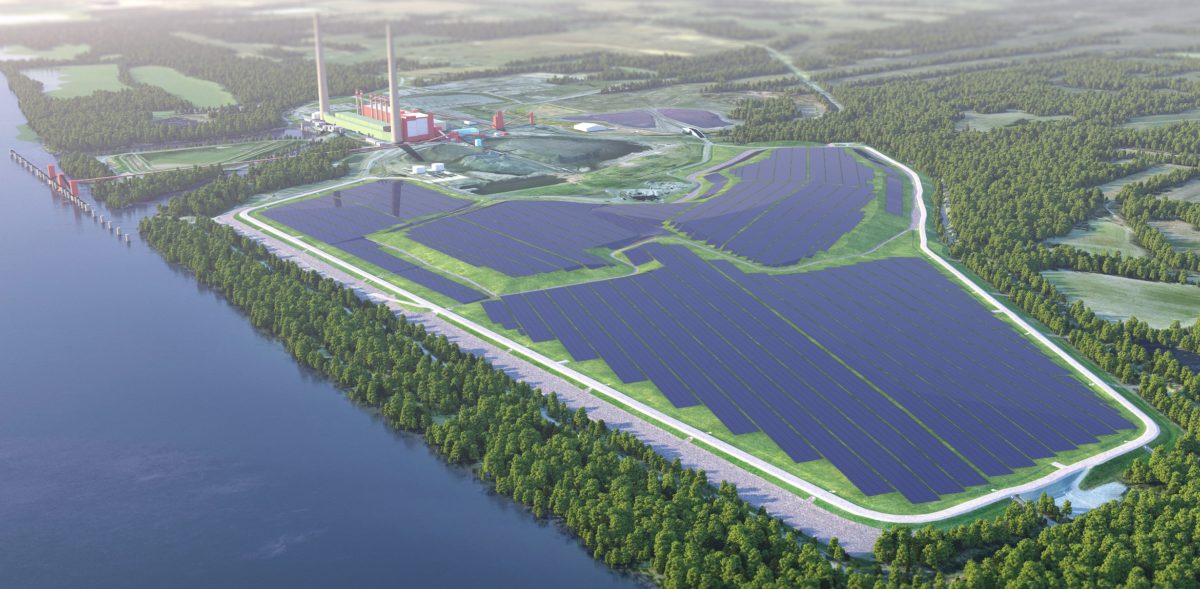TVA is a federally owned electric utility that serves nearly 10 million people in parts of seven southeastern states. Earlier this year the utility released its sustainability goals of targeting up to 10 GW of solar by 2035, and more than 200,000 EVs on TVA roadways by 2028. TVA recently approved a $216 million project to put a 100MW solar plant on top of a capped coal-ash storage site in Kentucky–part of its plan to have about 2.8 GW of solar in TVA operation by 2024.
Repurposing retired fossil sites is just one of its planned actions in its decarbonization efforts, and the utility points to its recent request for proposals for 5GW of clean energy and its pursuit of grid-scale nuclear reactors. The utility was recently criticized, however, for claiming that it needs a new gas unit to replace the coal unit that it plans to retire.
TVA came to that conclusion in a 449-page draft environmental impact statement. The Southern Alliance for Clean Energy (SACE) asked the Federal Energy Regulatory Commission not to rely on a Tennessee Valley Authority analysis and said that says that instead, the Federal Energy Regulatory Commission (FERC) should evaluate replacing the coal unit with solar, wind, energy efficiency and storage, rather than gas generation.
The utility claims that the proposed $216 million pilot project, pending environmental reviews and regulatory approval, would advance TVA’s clean energy efforts
“The space between execution and aspiration is where innovation lives,” said Jeff Lyash, president and CEO of TVA. “Achieving a net-zero clean energy future is critical to our nation’s energy security goals and requires innovative thinking and exploring new technologies. TVA was created as an innovation company and is uniquely positioned to demonstrate these technologies for the rest of the industry – both in the U.S. and around the world.”
At the same time, TVI is embracing the deployment of nuclear reactors in Canada and the United States, indicating that it had optimized its existing nuclear fleet to provide almost 40% of the region’s carbon-free power. TVA also worked on a grid-scale battery storage project that uses lithium-ion batteries to store energy for use when needed, and it explored clean hydrogen as a means of generating electricity and lowering carbon emissions.
“TVA is outcome-focused and there is no single answer to reducing carbon emissions,” said Lyash. “Our path to a clean energy future may not always be linear, but our end goal is to follow a defined strategy to accelerate the process across the industry and expand carbon-free technologies that will power our nation’s sustainable clean energy economy without impacting reliability, resiliency or affordability.”
Lyash noted that TVA issued a request for proposals for conducting a Valley Decarbonization Study in 2023.
This content is protected by copyright and may not be reused. If you want to cooperate with us and would like to reuse some of our content, please contact: editors@pv-magazine.com.









Utility scale solar is better than rooftop; but TVA shoulda never given up on the Clinch River fast breeder reactor in 1983.
Woulda meant nuclear fuel for life…or billions of years, whichever comes first.
And batteries are gonna do what, zackly?